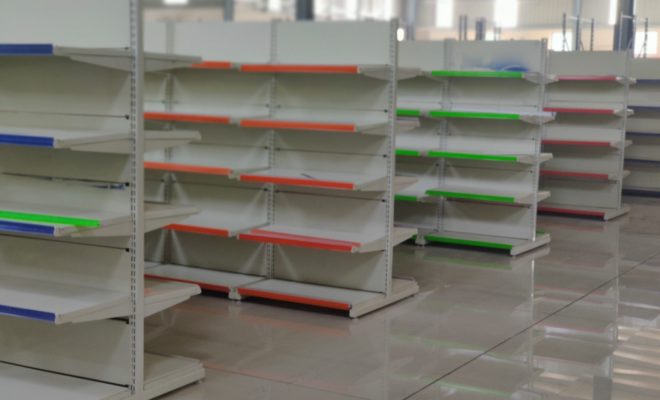Ensuring Excellence in Asia: Pre-Shipment Inspection, Factory Audits, and Garment Quality Control

In an increasingly competitive global textile and apparel market, brands and retailers must maintain stringent quality standards to protect their reputation, ensure consumer satisfaction, and minimize costly returns. Asia—home to some of the world’s largest garment manufacturing hubs—presents both opportunities and challenges for quality control. This article explores the three pillars of product assurance in the region: pre shipment inspection, factory audits, and garment inspection, and how they work together to uphold excellence.
1. Pre-Shipment Inspection: The Last Line of Defense
A Pre-Shipment Inspection (PSI) is conducted on finished goods before they leave the factory. Its purpose is to verify that products meet the buyer’s specifications and contractual requirements. Key aspects include:
- Quality of workmanship: Inspectors check stitching, seams, hems, and overall assembly for defects such as skipped stitches or loose threads.
- Measurement and fit: Garments are measured against the approved size chart to ensure consistency across the batch.
- Material and trim verification: Fabrics, trims, labels, and packaging are compared with approved samples to confirm correct materials.
- Functionality tests: Buttons, zippers, and embellishments are tested for durability and proper operation.
- Packaging and labeling: Proper folding, bagging, carton markings, and box integrity are verified.
A typical PSI follows the AQL (Acceptable Quality Level) standard, with sample sizes determined by lot quantity and chosen inspection level. By catching defects before shipment, brands can avoid costly delays, rework, and reputational damage.
2. Factory Audit: Assessing Capability and Compliance
While PSI focuses on finished goods, Factory Audits evaluate a manufacturer’s overall capacity, processes, and ethical practices. Audits generally fall into two categories:
Social Compliance Audit
Ensures adherence to labor laws and ethical standards—covering working hours, wages, health and safety, child labor, and environmental impact. Certified schemes include SMETA, BSCI, and WRAP.
Technical Capability Audit
Examines production processes, machinery, workforce skill levels, quality control systems, and management structures. Auditors assess:
- Process flow: From raw material inspection to cutting, sewing, finishing, and packing.
- Quality management system: Existence of ISO 9001 or equivalent protocols and in-line inspection stations.
- Capacity planning: Ability to handle order volumes, seasonal peaks, and rush orders.
- Corrective—Preventive Actions (CAPA): Systems for identifying root causes and preventing recurrence of defects.
By conducting regular audits—both announced and unannounced—buyers gain confidence in a factory’s ability to deliver consistent quality and ethical compliance.
3. Garment Inspection: In-Line and Final Checks
Garment inspection can occur at multiple stages:
In-Line Inspection
Performed during production at critical stages (e.g., post–first operation, prior to bulk stitching, and before finishing) to detect and correct issues early. Benefits include reduced rework and minimized scrap.
Final Random Inspection (FRI)
Similar to PSI but often integrated into a broader quality-assurance program, final inspection covers all critical points: workmanship, measurements, labeling, and packaging.
Common defects identified include fabric flaws (snags, holes), color inconsistencies, incorrect trims, and workmanship errors. By combining in-line checks with thorough final inspections, brands can maintain tight control over defect rates.
4. Quality Control in Asia: Best Practices and Trends
Asia’s garment industry is evolving rapidly. To stay ahead, brands and suppliers are adopting:
- Digital QC platforms: Real-time data capture via tablets and cloud reporting accelerates decision-making and trend analysis.
- AI-powered defect detection: Machine-vision systems can flag fabric and printing defects on the production line.
- Sustainability metrics: Audits now include water usage, waste management, and carbon-footprint assessments.
- Collaborative partnerships: Brands work closely with factories to implement continuous-improvement programs, rather than one-off inspections.
The integration of technology with traditional inspection and audit practices is transforming quality control into a proactive, data-driven discipline.
Conclusion
For any fashion or textile enterprise sourcing from Asia, a robust quality-assurance strategy must encompass thorough factory audits, rigorous in-line and final garment inspections, and comprehensive pre-shipment checks. By implementing these measures and embracing emerging technologies, brands can safeguard product quality, uphold ethical standards, and strengthen their competitive edge in the global marketplace.









